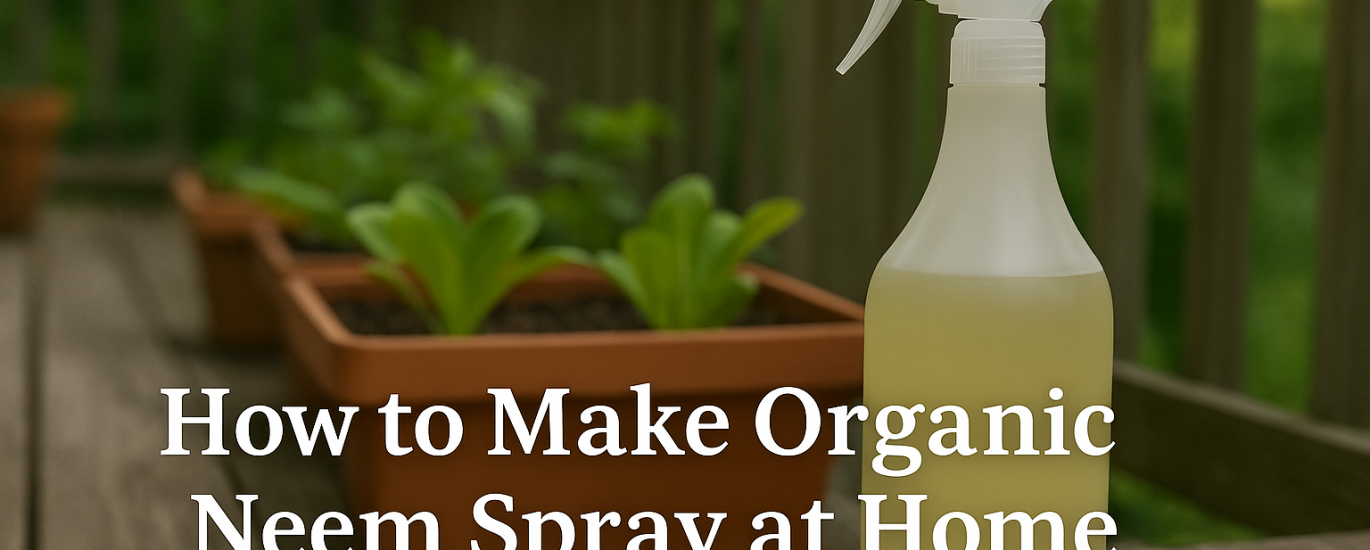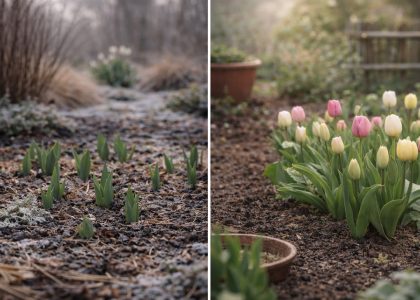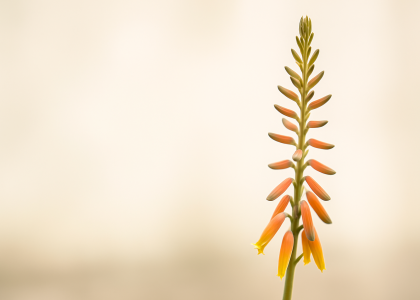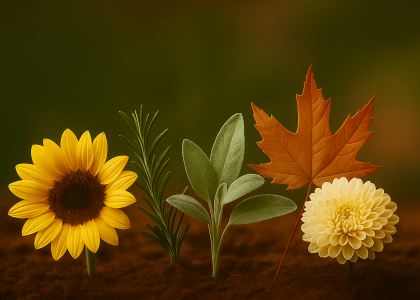If you've ever walked out to admire your thriving balcony garden only to find aphids, whiteflies, or spider mites feasting on your herbs and vegetables, you're not alone. These pests are a common summer nuisance, especially in warm and humid climates. But before reaching for synthetic pesticides, consider a safer, eco-friendly solution: homemade neem spray.
This blog will guide you through the why, what, and how of making neem spray at home. It’s budget-friendly, easy to prepare, and gentle on beneficial insects—perfect for edible container gardens, herbs, and balcony planters.
What Is Neem Oil and Why Gardeners Swear by It
Neem oil is extracted from the seeds of the neem tree (Azadirachta indica), a plant native to South Asia, revered for its medicinal and pesticidal power. The star compound, azadirachtin, disrupts insect feeding and reproduction while leaving pollinators and pets unharmed.
Key Benefits:
- Controls aphids, mealybugs, whiteflies, spider mites, and thrips
- Fights fungal diseases like powdery mildew and black spot
- Safe for edible herbs and vegetables
- Non-toxic, biodegradable, and eco-conscious
Ingredients You’ll Need (DIY-Friendly)
- 1 teaspoon pure cold-pressed neem oil (100% organic)
- 1/2 teaspoon liquid castile or unscented dish soap (acts as an emulsifier)
- 1 liter warm distilled water
- A clean spray bottle (label it clearly for garden use)
How to Make Neem Spray at Home – Step-by-Step
Step 1: Create the Emulsifier
In a small bowl, mix neem oil and liquid soap. Stir vigorously until fully blended. This ensures the oil mixes evenly with water.
Step 2: Combine with Water
Add your neem-soap mixture to a spray bottle filled with 1 liter of warm distilled water. Shake well to combine.
Step 3: Apply Correctly
Spray evenly on both tops and undersides of leaves, including stems. Best applied in the early morning or late evening to avoid sunburn.
Pro Tip: Always spot test on a small section of the plant and wait 24 hours to check for sensitivity.
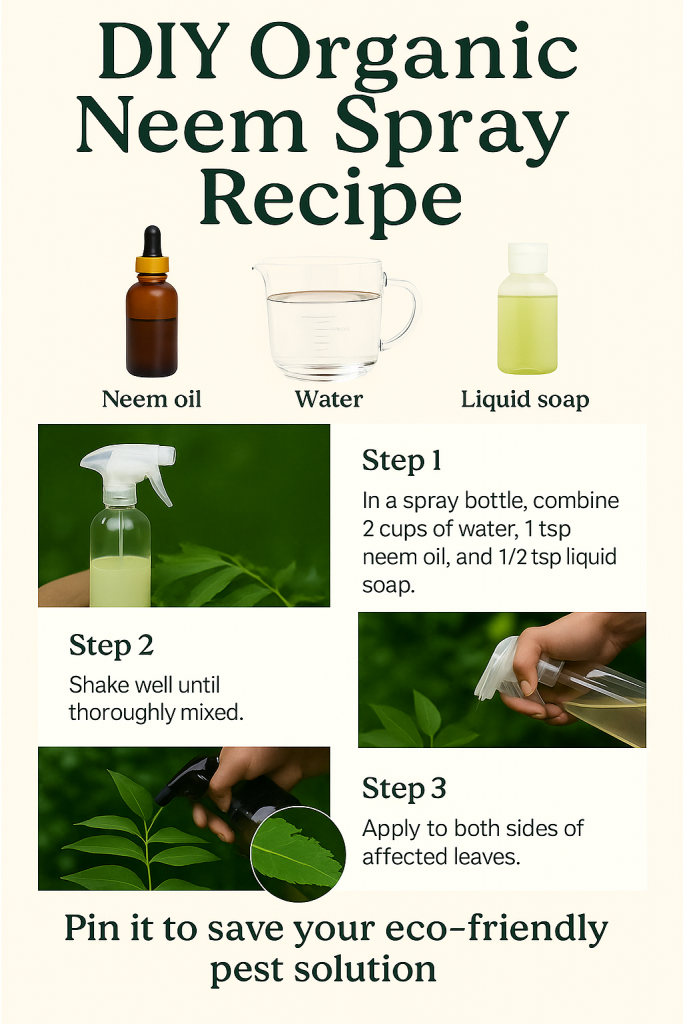
How Often Should You Spray?
- Preventive Use: Every 7–10 days
- Active Pest Infestation: Every 3–4 days until resolved
- After Rain or Watering: Reapply for continued protection
Avoid use in midday sun, and never exceed recommended dosages.
Storage Tips
Mixed neem spray loses potency quickly. Only make what you’ll use in 1–2 days. Store pure neem oil in a cool, dark spot and use within 6–12 months.
Top Balcony Plants That Benefit from Neem Spray
- Basil
- Mint
- Tomatoes
- Peppers
- Eggplant
- Lettuce
Neem spray is safe for most herbs and vegetables. Just avoid spraying directly before harvest—wait 2–3 days.
FAQ: Neem Spray Questions Answered
Q: Can I use neem spray on edible herbs?
A: Absolutely. Just rinse leaves before eating and avoid spraying right before harvest.
Q: Why is emulsifying neem oil necessary?
A: Neem oil is hydrophobic—it won’t mix with water unless first emulsified with mild soap.
Q: Will neem spray harm bees?
A: No. When used correctly (not during bloom or peak pollinator activity), neem is bee-safe.
Why Homemade Beats Store-Bought Every Time
- Saves money in the long run
- No synthetic additives or preservatives
- Customizable strength for different plant types
- Builds self-sufficiency and confidence as a gardener
Download Your Free Printable Recipe Card
Want a simple version to keep by your potting bench?
[Download Your Neem Spray Recipe PDF Here]
Related Reads
- Sunburn or Disease? Learn the Signs
- Easy Compost Tips for Container Gardens
- Top 5 Pest-Resistant Summer Plants for Balcony Gardens

